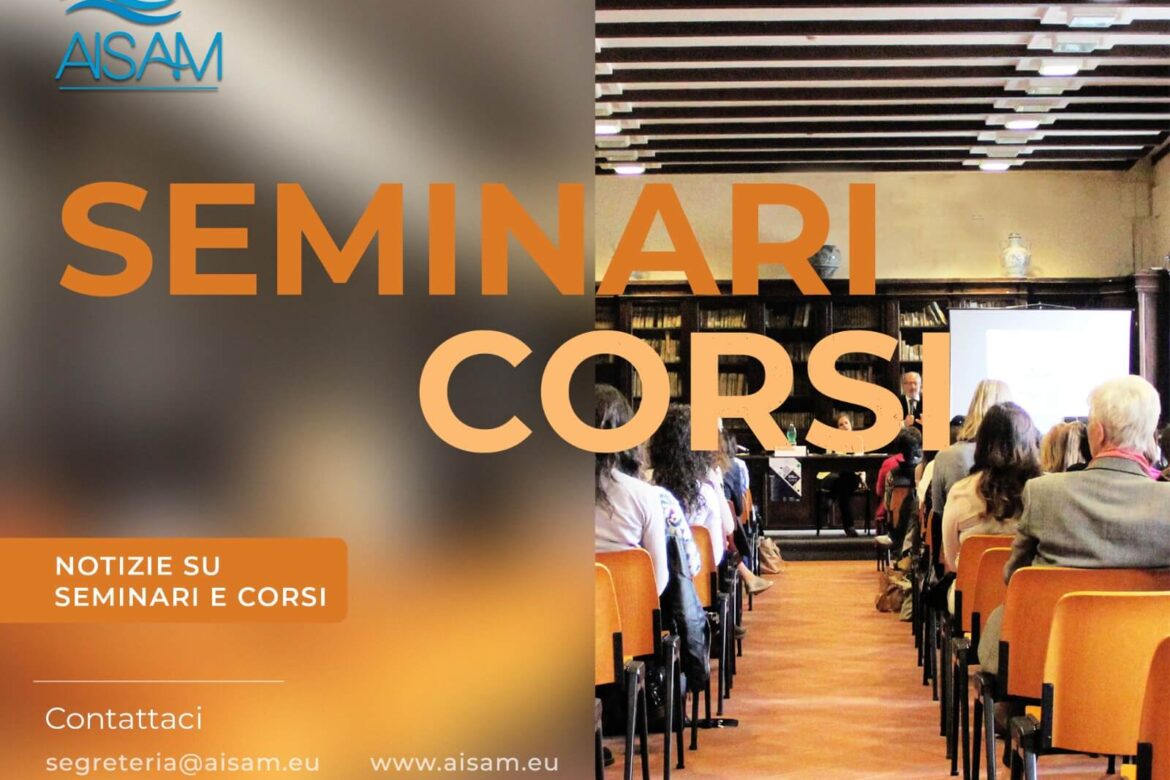
Per la serie “Environmental Meteorology Seminar”, vi segnaliamo il seminario di Eleonora Dallan e Marco Borga dal titolo: “Assessment of future changes in sub-daily precipitation return levels over a complex- orography area from a convection-permitting climate model“, organizzato dall’Università di Padova – Dipartimento di Terra, Ambiente e Agricoltura. Il seminario si terrà Online sulla piattaforma Zoom (https://unitn.zoom.us/j/86949977106 (Meeting ID: 869 4997 7106, Passcode: 247282)) il prossimo Giovedì 15 Dicembre 2022 alle ore 14:00.
Il seminario è rivolto agli studenti che frequentano il programma di laurea specialistica in Meteorologia ambientale presso l’Università di Padova.
Vi riportiamo l’abstract del seminario e la biografia dei docenti.
Abstract Sub-daily extreme precipitation can trigger hydro-geomorphic hazards such as flash floods and debris flows, responsible of fatalities and damages. Estimating their future changes is fundamental for risk management and adaptation strategies, especially in complex-orography regions. Convection-permitting climate models (CPMs) resolve large convective systems and represent local processes more realistically than coarser resolution models. CPMs better represent sub-daily extreme precipitation and provide higher confidence in the estimate of their future changes. Because of the computation cost, the existing CPM simulations are available for relatively short time periods (10–20 years at most).This hampers the use of conventional extreme value methods, based on yearly maxima or a few values over a high threshold, for deriving precipitation frequency analyses. In this work, we aim to evaluate the potential of a novel statistical method based on many “ordinary” events, the so- called Simplified Metastatistical Extreme Value (SMEV) approach. This method has shown to allow reliable estimates of rare return levels from short data records and offers the chance to be effectively applied to the analysis of CPM precipitation data for reliable frequency analysis on future extremes. We compare results with a modified Generalized Extreme Value approach (GEV), recently applied for the study of extremes in CPM future time periods. We focus on a complex orography region in the Eastern Italian Alps, where significant changes in sub-daily annual maxima have been already observed. The study is based on COSMO-crCLIM model simulations at 2.2 km resolution under the RCP8.5 scenario. We focus on three 10-year time slices: historical 1996-2005 (the control period), near-future 2041-2050 and far future 2090-2099. We also perform a bias assessment by comparing the results from a dense network of long-record rain gauges with the results obtained at the station-collocated historical CPM. We estimate extreme precipitation for 5 durations ranging from 1 h to 24 h and assess the changes between the time periods. Specifically we analyze: annual maxima, return levels up to 50yr, and parameters of the statistical model. A bootstrap procedure is used for evaluating the uncertainty of the estimates and for testing the significance of the changes. The changes in the annual maxima and in the rare return levels exhibit a general increase in the future, with larger increase in the far future at the shorter duration. The changes show an interesting spatial organization that can be associated with the orography of the region: the stronger (significant) increasing changes are located at the high elevations, while lowlands and coastal zones show not so clear patterns. Compared with the GEV, SMEV allows estimates of rare return levels with relatively low uncertainty and less noisy spatial patterns. This work shows that SMEV can be successfully used to have reliable estimates of future extreme precipitation from short CPM. The findings on the future changes at the different time scales and their spatial organization improve our knowledge about the projected extreme precipitation and thus help to improve the strategies for risk management and adaptation. Bio Marco Borga is full professor at the Department of Land, Environment, Agriculture and Forestry of the University of Padova. He teaches courses in Hydrology, Hydraulics, Forest Hydrology, Hydrology and Climate, Hydrological modelling. Since 1989 he carries out national and international research activities at the University of Padova in the field of hydrology and water resources. His main research interests include: - Water resources management: climate impacts and feedbacks, risk management, water and society, water and energy; - Hydrological predictions and modelling: runoff models, rainfall estimates from radar and satellite for runoff modelling, flood and flash flood forecasts; - Forest and Catchment hydrology: flow and transport processes, soil moisture, water transport in the soil-vegetation-atmosphere system, snow and glaciers; - Geomorphology: prediction of shallow landsliding and debris flows; integrated hydro-geomorphic modelling of hillslopes. Eleonora Dallan is an environmental engineer with a past experience in an hydraulic engineering company. She got a PhD Degree in the field of Chemical and Environmental Engineering, studying constructed wetlands and smart tracers techniques. She is presently a Research Fellow at the Department of Land, Environment, Agriculture and Forestry TESAF, University of Padova (Italy). She works on hydrological modelling and data management, analysis of extreme rainfalls, tracer techniques, and wetlands modelling.
